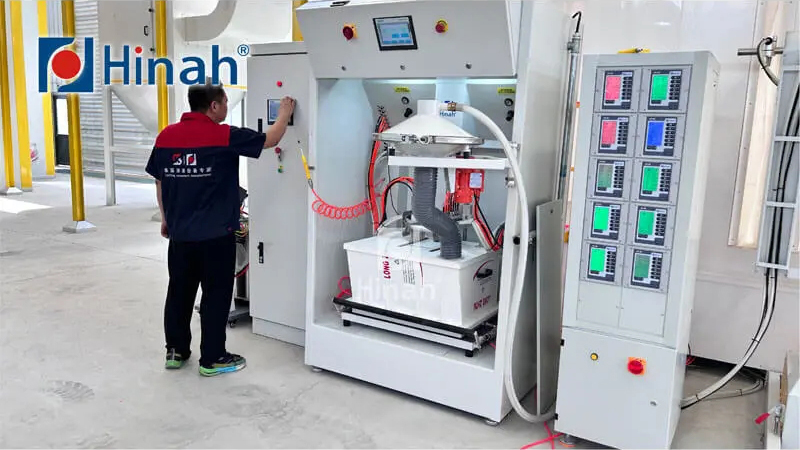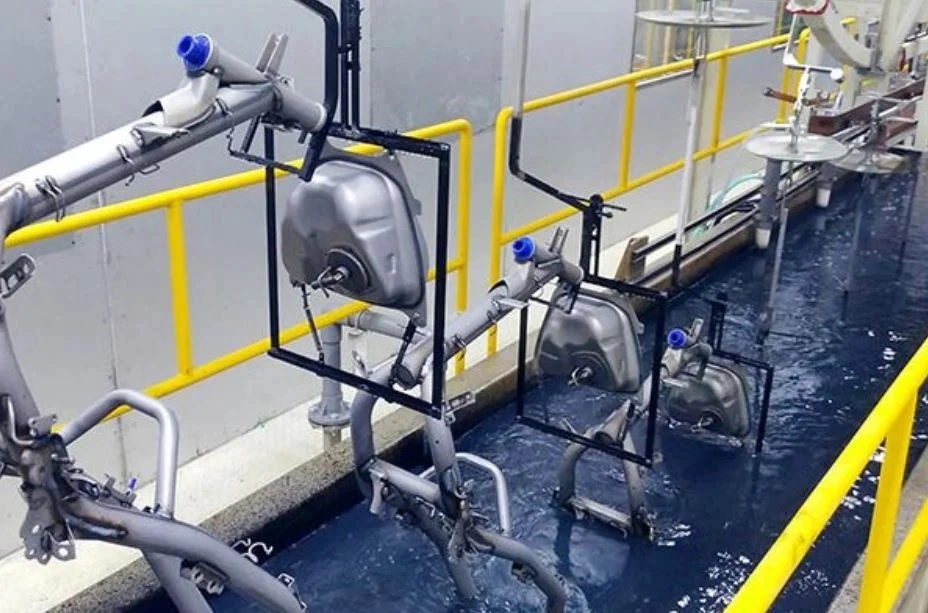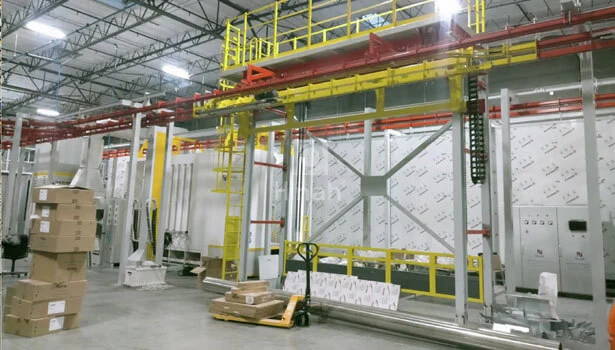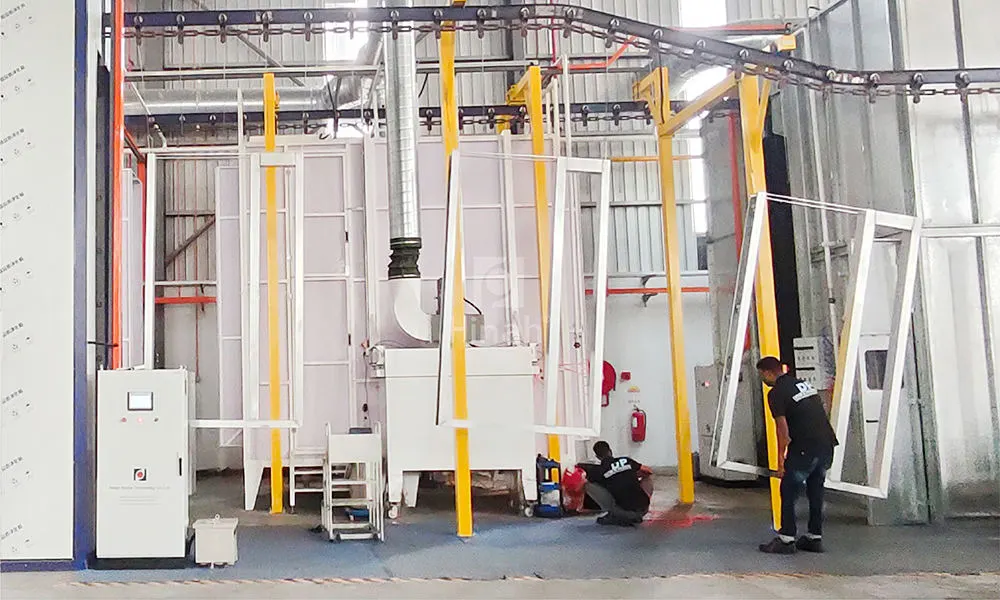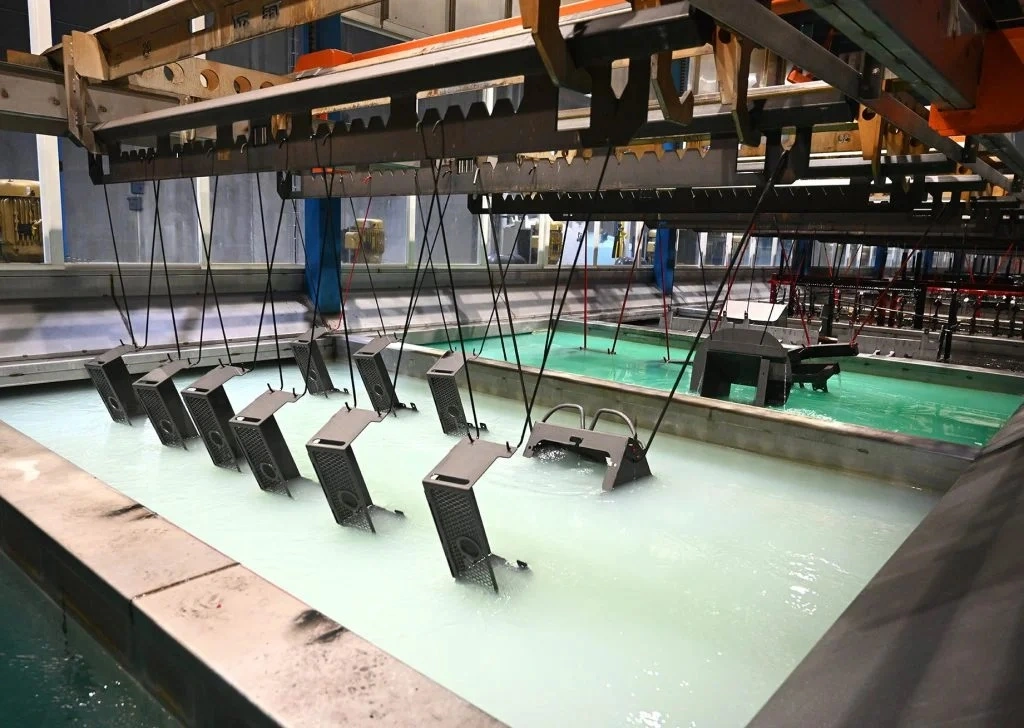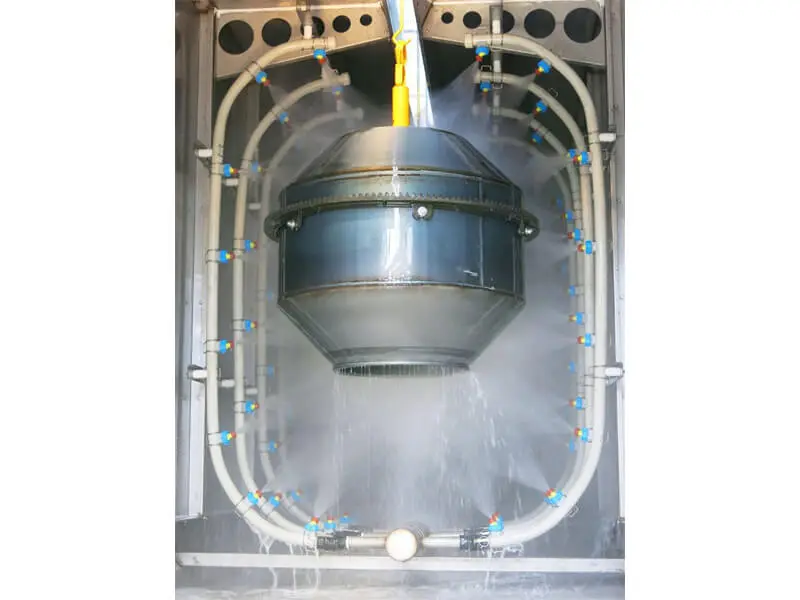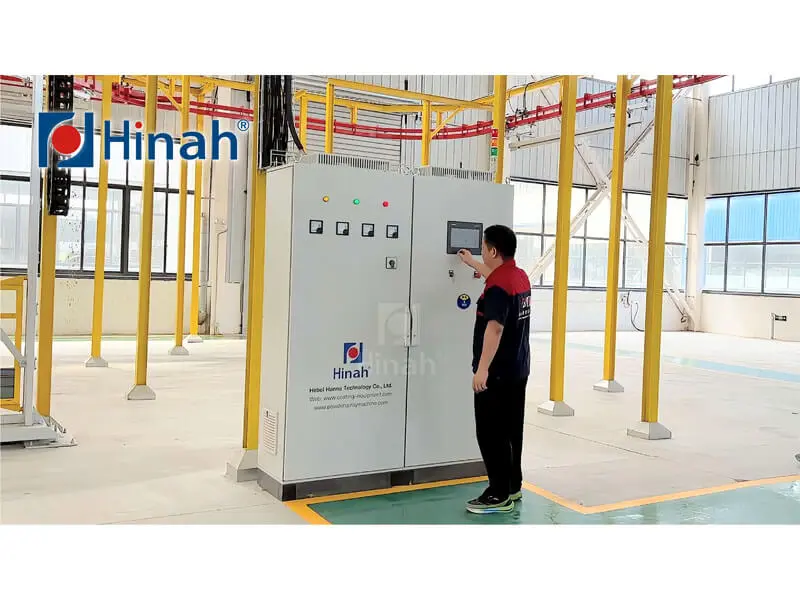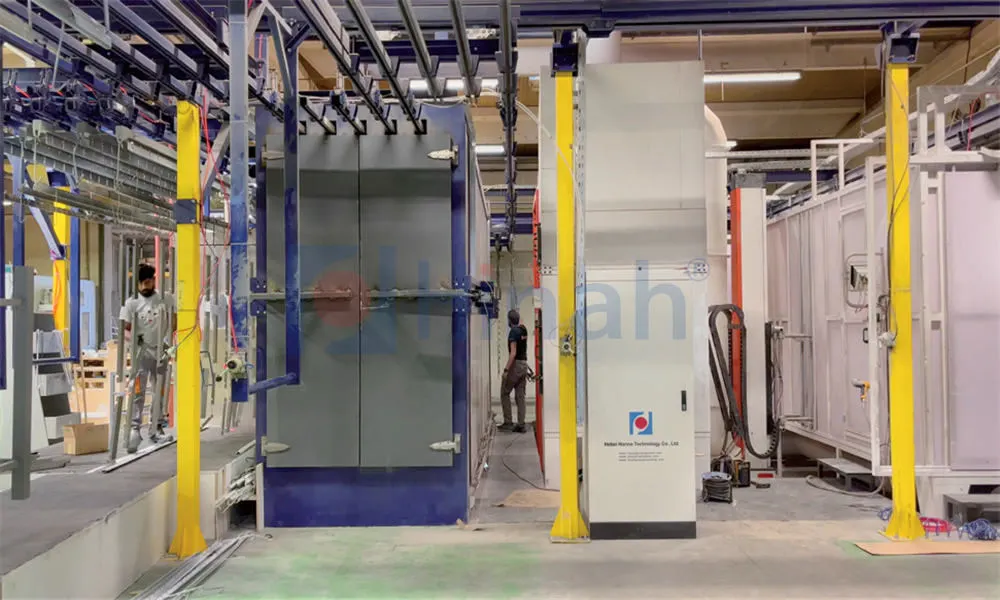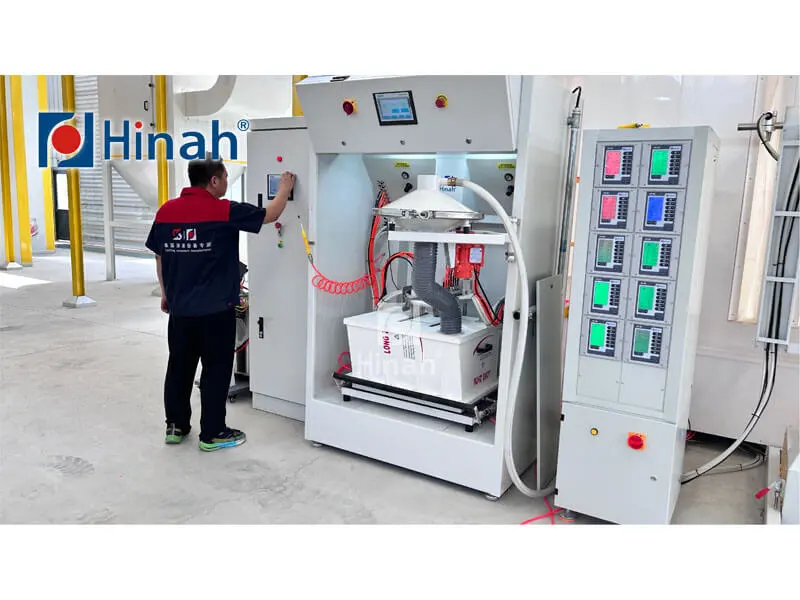When it comes to industrial coating processes, the powder booth is a game-changer. Whether you're in manufacturing, automotive, or furniture production, understanding how a powder booth operates can significantly enhance your efficiency and product quality. In this article, we'll dive into five essential aspects of powder booths, shedding light on their functionality, benefits, and more. By the end, you'll have a clear picture of why investing in a reliable powder booth is crucial for your operations. Let's get started!
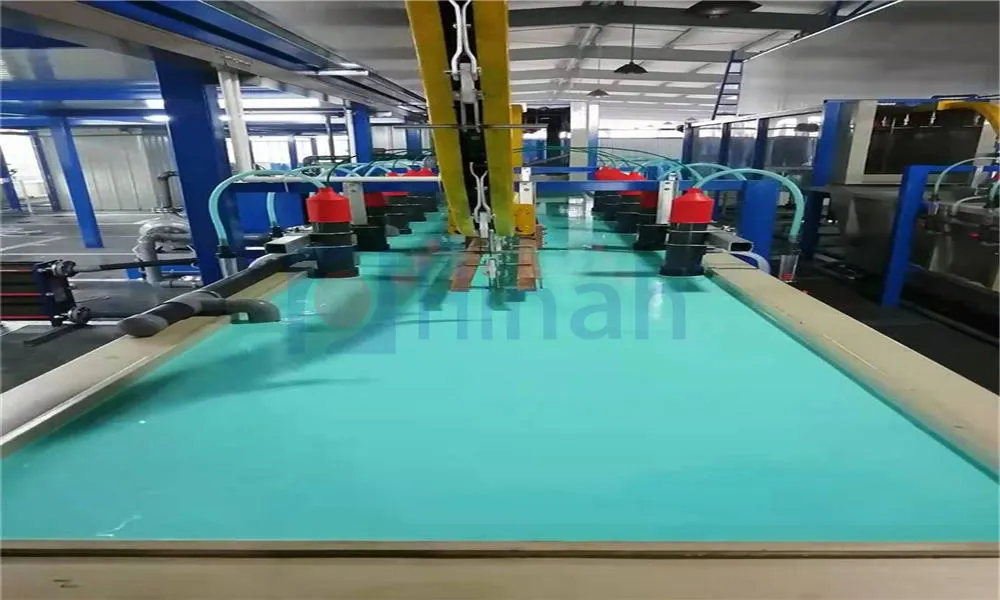
What is a Powder Booth?
A powder booth is an enclosed system designed for the application of powder coatings to various surfaces. It provides a controlled environment where powder is sprayed onto objects, such as metal parts or wood products, using electrostatic charges to ensure even adhesion. This process is widely used in industries because it offers a durable, high-quality finish that is resistant to corrosion, scratches, and fading. Essentially, a powder booth contains the overspray, filters the air, and recovers excess powder, making it an eco-friendly alternative to traditional liquid painting methods. The design of a powder booth typically includes ventilation systems, filters, and collection units to maintain safety and efficiency. By using a powder booth, businesses can achieve consistent results while reducing waste and environmental impact.
How Does a Powder Booth Work?
The operation of a powder booth involves a series of steps that ensure precise coating application. First, the object to be coated is prepared by cleaning and pre-treating it to remove any contaminants. Then, it is placed inside the powder booth, where the coating process begins. A spray gun, often equipped with an electrostatic charge, applies the powder particles to the surface. This charge causes the powder to adhere evenly to the object, even on complex shapes. Inside the powder booth, a ventilation system circulates air to contain overspray, while filters capture any excess powder for reuse. After application, the coated object is moved to a curing oven, where heat fuses the powder into a smooth, hard finish. This entire process within the powder booth minimizes material waste and ensures a uniform coat, making it a staple in modern manufacturing. Regular maintenance of the powder booth, such as cleaning filters and checking airflow, is essential to keep it running smoothly.
Types of Powder Booths
There are several types of powder booths available, each suited to different applications and production needs. Understanding these variations can help you choose the right powder booth for your facility. Common types include:
Open-face powder booths: These are simple, cost-effective setups ideal for low-volume production. They have an open front for easy access but may require additional ventilation to handle overspray.
Closed or batch powder booths: Enclosed on all sides, these are perfect for high-volume operations and provide better containment of powder, reducing contamination risks.
Automatic powder booths: Equipped with robotic arms and automated systems, these booths enhance precision and speed, often used in large-scale industries like automotive manufacturing.
Manual powder booths: Operated by human technicians, these are flexible and suitable for custom jobs or small batches, allowing for detailed work.
Cartridge-style powder booths: These use advanced filter cartridges for efficient powder recovery, making them environmentally friendly and easy to maintain.
Each type of powder booth offers unique advantages, so selecting one depends on factors like production volume, space, and budget. A well-chosen powder booth can optimize your coating process and improve overall productivity.
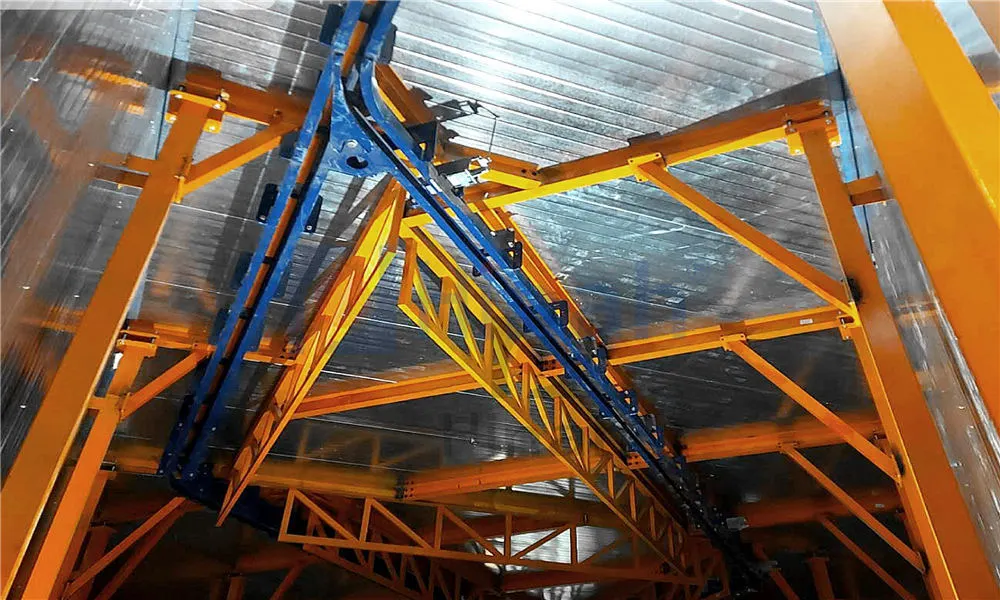
Benefits of Using a Powder Booth
Incorporating a powder booth into your operations brings numerous benefits that extend beyond just a nice finish. One major advantage is the durability of the coating; powder-applied surfaces are tough and long-lasting, resisting chips and UV damage. Additionally, a powder booth promotes environmental sustainability by capturing and reusing overspray, which reduces waste and lowers material costs. This efficiency also translates to faster production times, as the electrostatic application in a powder booth allows for quick, even coverage without drips or runs. Safety is another key benefit—the enclosed design of a powder booth minimizes exposure to hazardous fumes and powders, protecting workers' health. Moreover, the versatility of a powder booth means it can handle a wide range of materials and shapes, from small components to large assemblies. By investing in a quality powder booth, businesses can achieve higher quality standards, comply with regulations, and boost their competitive edge in the market.
Applications of Powder Booths
Powder booths are versatile tools used across various industries for different coating needs. In the automotive sector, a powder booth is essential for applying protective and aesthetic coatings to car parts, such as frames and wheels, ensuring they withstand harsh conditions. The furniture industry relies on powder booths to coat metal and wood items, providing a stylish, durable finish that appeals to consumers. In appliances manufacturing, a powder booth is used for items like refrigerators and washing machines, where corrosion resistance and a smooth appearance are critical. The architectural field also benefits from powder booths, using them to coat building materials like window frames and railings for long-term performance. Even in electronics, a powder booth applies insulating coatings to components, enhancing safety and functionality. This widespread use highlights the adaptability of the powder booth, making it a valuable asset in any production line focused on quality and efficiency.
Maintenance and Safety Tips for Powder Booths
Proper maintenance of a powder booth is vital to ensure its longevity and safe operation. Regularly inspect and clean the filters to prevent clogging, which can affect airflow and coating quality. It's also important to check the electrical components, such as the electrostatic guns, for any wear or damage to avoid malfunctions. Safety measures include ensuring adequate ventilation to reduce the risk of fire or inhalation hazards, as powder coatings can be combustible. Employees should wear protective gear, like masks and gloves, when working in or near the powder booth. Additionally, conduct routine checks for powder buildup in the booth's interior, as this can lead to contamination or inefficiencies. By following these tips, you can maintain a high-performing powder booth that operates safely and efficiently, minimizing downtime and maximizing output.
How to Choose the Right Powder Booth
Selecting the appropriate powder booth for your needs involves considering several factors to match your production requirements. Start by assessing your volume—high-output facilities might need an automatic powder booth, while smaller shops could opt for a manual one. Space constraints are also crucial; measure your available area to ensure the powder booth fits without hindering workflow. Look at the powder recovery efficiency; a booth with advanced filtration, like a cartridge system, can save money on materials over time. Budget is another key aspect—compare initial costs against long-term benefits, such as reduced waste and maintenance. Don't forget to evaluate the powder booth's compatibility with your existing equipment and the types of coatings you use. Consulting with experts or reading reviews can help you make an informed decision, ensuring your powder booth investment pays off in enhanced performance and quality.
In summary, a powder booth is an indispensable component in modern coating processes, offering efficiency, durability, and environmental benefits. From its basic operation to the various types and applications, understanding these aspects can help you leverage a powder booth for better results. By focusing on maintenance and smart selection, you can maximize the advantages of your powder booth. If you're looking to upgrade your coating system, consider these insights to make an informed choice that drives your business forward.
Frequently Asked Questions
Q1: What is the main purpose of a powder booth?
A1: The main purpose of a powder booth is to provide a controlled environment for applying powder coatings to surfaces, ensuring even distribution, minimizing overspray, and allowing for powder recovery to reduce waste and improve efficiency.
Q2: How often should I maintain my powder booth?
A2: It's recommended to perform basic maintenance on your powder booth weekly, such as cleaning filters and checking for powder buildup, with a more thorough inspection monthly to ensure all components are functioning properly and safely.
Q3: Can a powder booth be used for all types of materials?
A3: While a powder booth is versatile and can handle various materials like metal, wood, and plastic, it's essential to consider the material's conductivity and heat tolerance, as the coating process involves electrostatic charges and curing that might not suit all substrates.
Q4: What are the environmental benefits of using a powder booth?
A4: A powder booth offers environmental benefits by capturing and reusing overspray powder, which reduces waste and VOC emissions compared to liquid coatings, making it a greener option for industrial applications.
Q5: How do I know if I need an automatic or manual powder booth?
A5: Choose an automatic powder booth for high-volume, repetitive tasks to increase speed and consistency, while a manual powder booth is better for custom or low-volume jobs where flexibility and operator control are prioritized.


